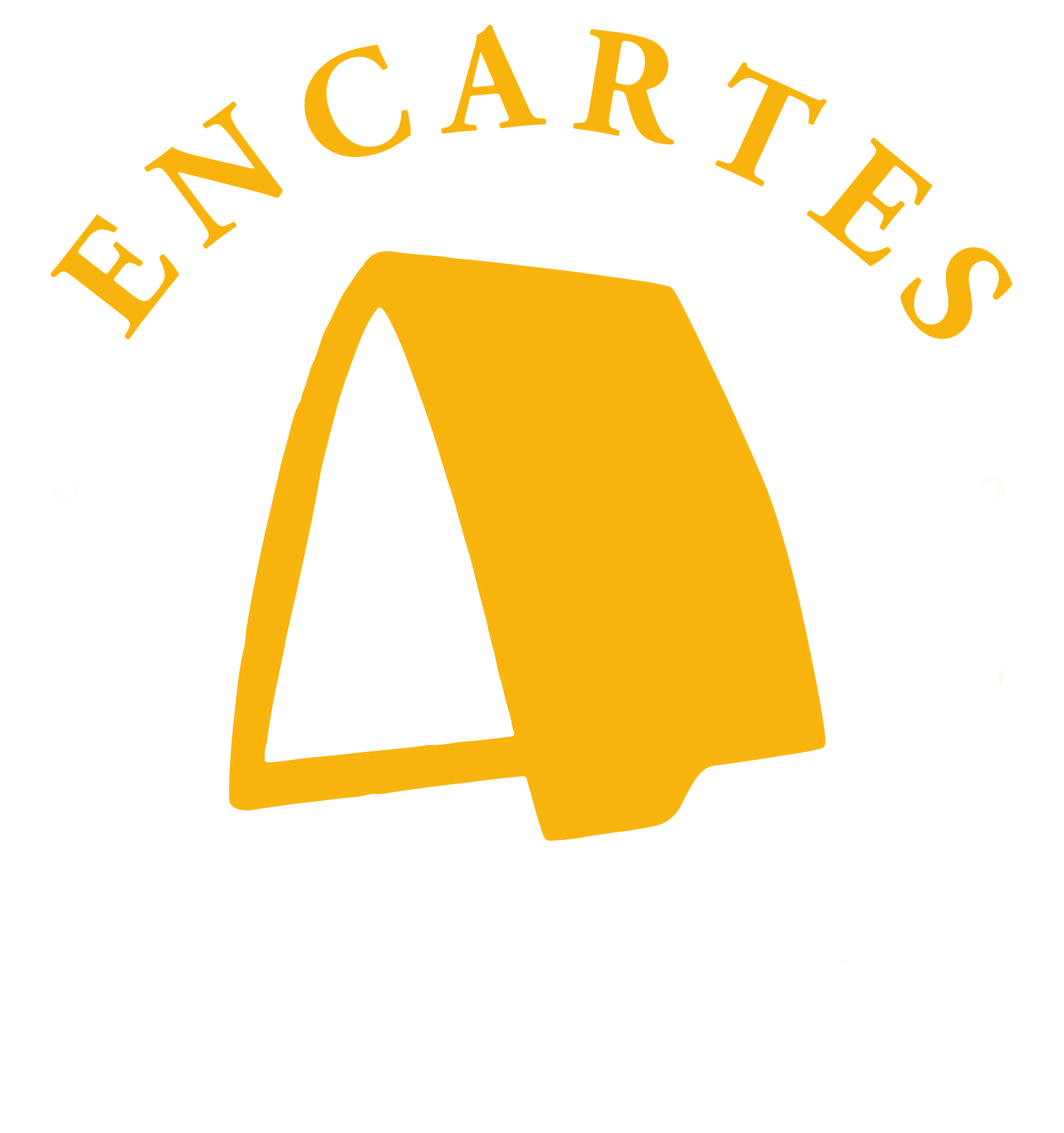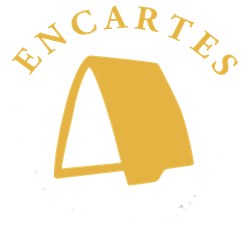Editorial Vol. 8, No. 16
Cith issue number 16, we celebrate eight years of publishing our bi-annual Encartes. On this occasion the Dossier The "Image, Memory and Representation" theme book, coordinated by Nahayeilli B. Juárez Huet, Claudia Lora Krstulovic, Laura Machuca Gallegos, contains seven articles by researchers participating in the Audiovisual Research Network (Red de Investigaciones Audiovisuales (riav) of the Centro de Investigaciones y Estudios Superiores de Antropología Social (ciesas). The sample of works published here shows the importance of the study of the image in the historical, ethnohistorical and anthropological studies developed in the region. ciesas and that, unfortunately, their contribution to these disciplines is often not recognized, since they are published in a scattered manner.
We enthusiastically welcome this series of papers that address the relevance of the image in the configurations of memories and identity imaginaries. The articles enrich the creative possibilities with which images influence in different fields, such as pictorial art, photographic archives, but also in the staging of popular traditions (such as carnival or dance) in the press, in exhibitions designed to generate patriotic and nationalistic feelings. The various articles deal with different periods, different regions, various actors. In addition, they are developed in different disciplines, but the interesting thing is that they share the use of different audiovisual tools in their research. The ideas with which we think of the world and our location in it are not only derived from spoken language, but also, and fundamentally, from images that evoke memories and project specific ways of representing social groups (ethnic, racial, gender, period, national, institutional, regional), but also with images we seek to forge models for imagining and acting in the world.
Since its foundation, the editorial project of Encartes contemplated the mission of promoting a research made with diverse registers. We are aware that reality is neither flat nor one-dimensional, and therefore does not fit on a sheet of paper. Reality is composed not only of ideas that can be transmitted in letters that constitute written texts, but also in images (visualities) and sounds (oral or musical). At present, digital technologies, at the service of research, but also, why not, of its publication, can be used as activities to record social facts (recordings, photographic and video recordings); in addition to being used as material for analysis and even to provide new research methodologies. This bet is present in all the sections that make up issue 16 of the journal. We also believe that knowledge is exercised by discussing and generating polemic, that is why our section of Discrepancias is open to the debate on the effects -positive or negative- of the uses and appropriations of psychoactive substances present in power plants that sustain cultures valued as ancestral.
In Encartes we believe that the Social Sciences have much to offer to the social and humanitarian crisis that the contemporary world is experiencing, which devalues and jeopardizes the continuity of these sciences. Thus, we join the statement made by Geoffrey Player, president of the International Sociological Association (isa), during the inauguration of the congress held in Rabat in July 2025 (available at: https://www.isa-sociology.org/uploads/imgen/2257-manifiesto-para-la-sociologia.pdf). We reaffirm that we join the worldwide efforts of our colleagues from isa to contribute to a more democratic, just and sustainable world by striving to produce and disseminate from this editorial medium a public, committed, free, critical and rigorous social science.
Renée de la Torre
Editorial Director of Encartes
Guadalajara, Jal., July 2025






